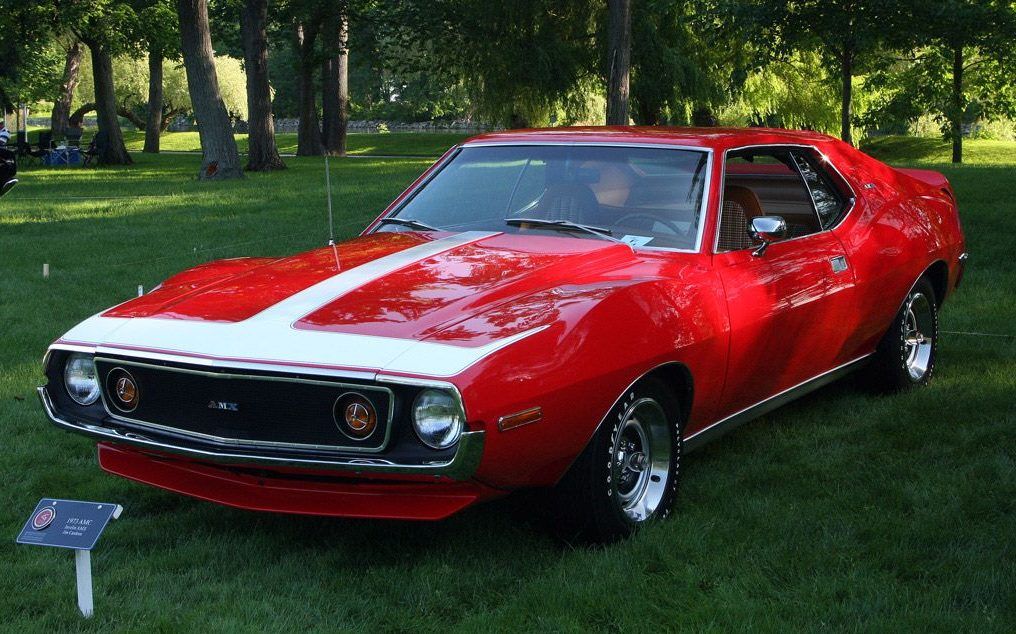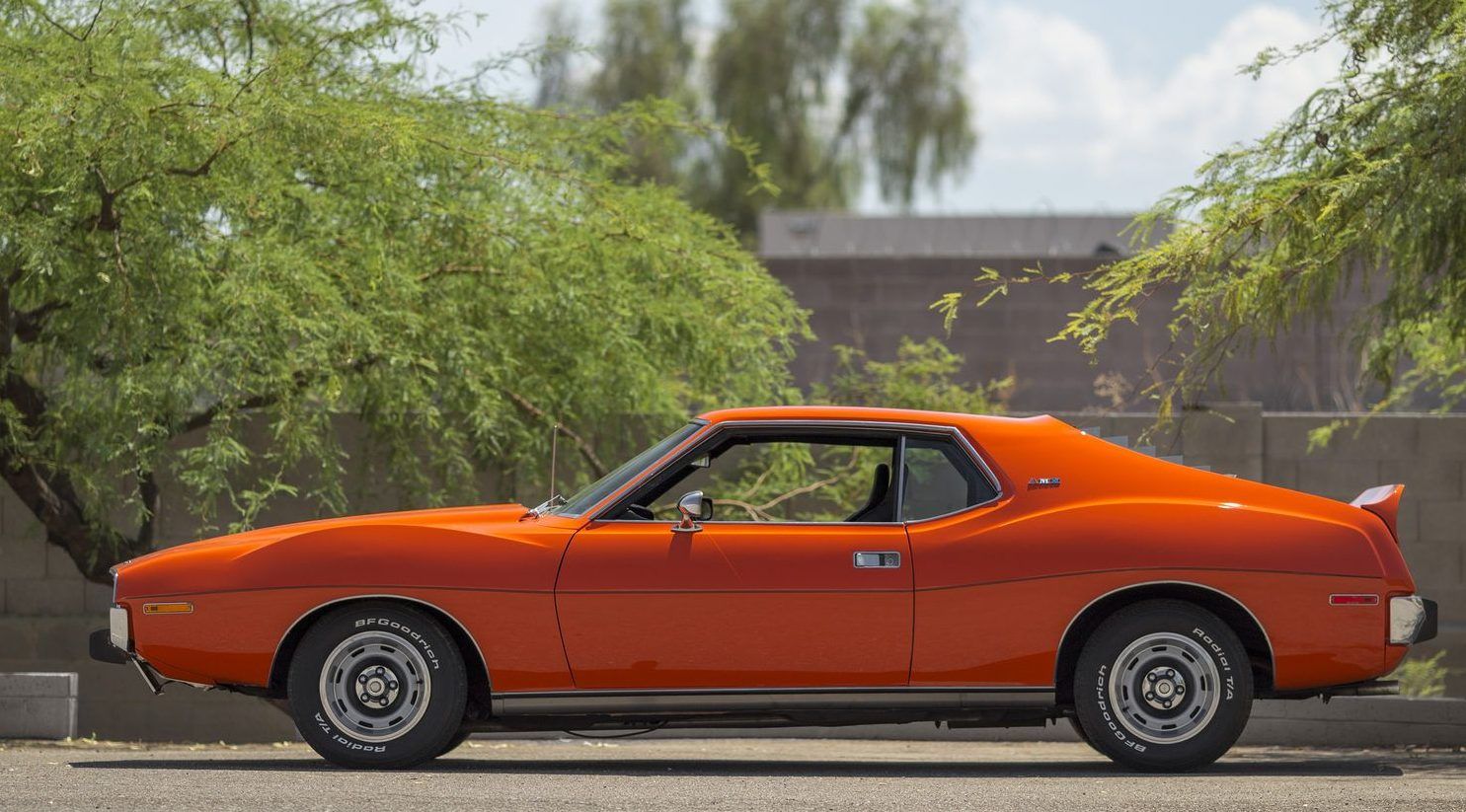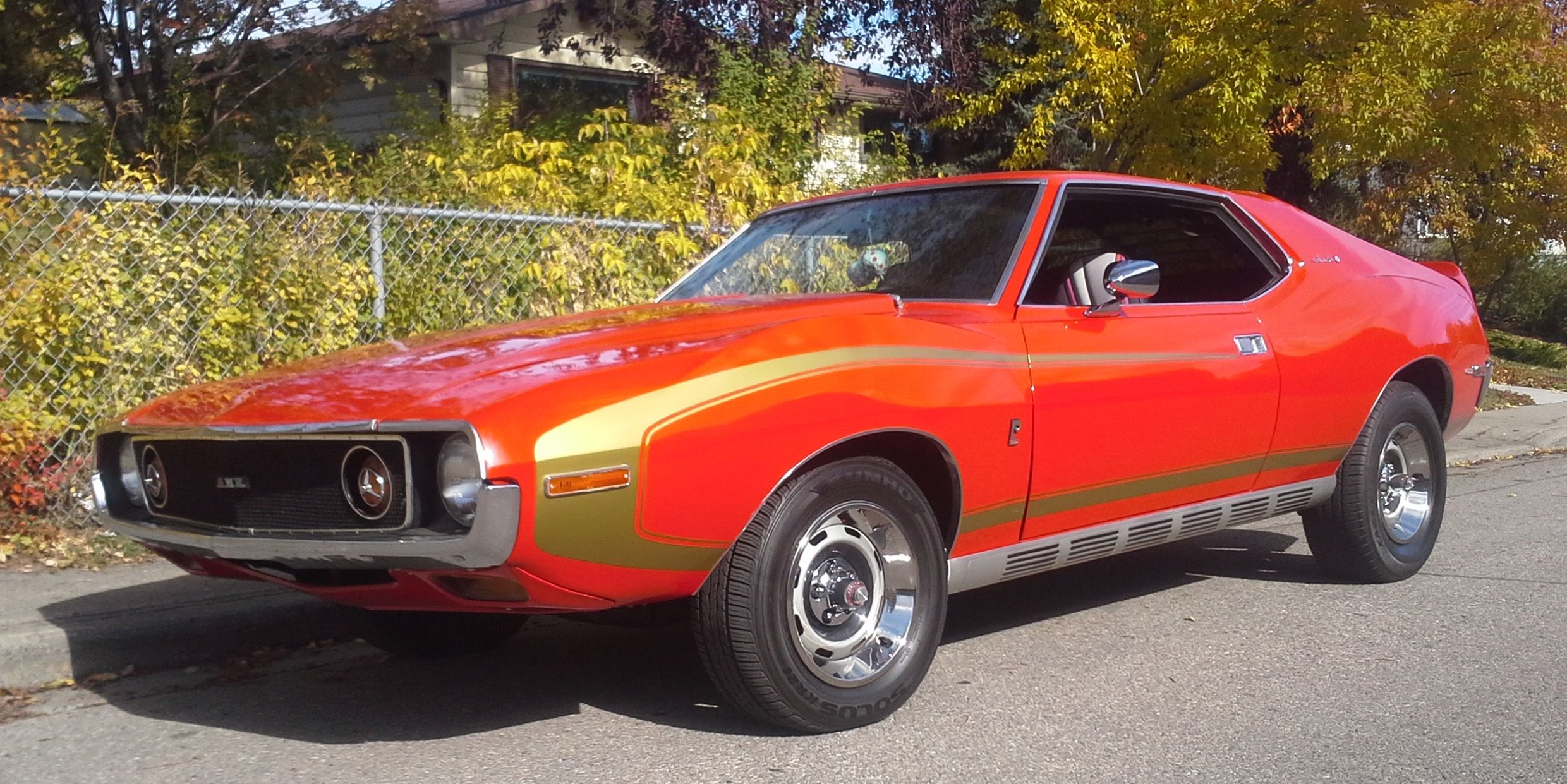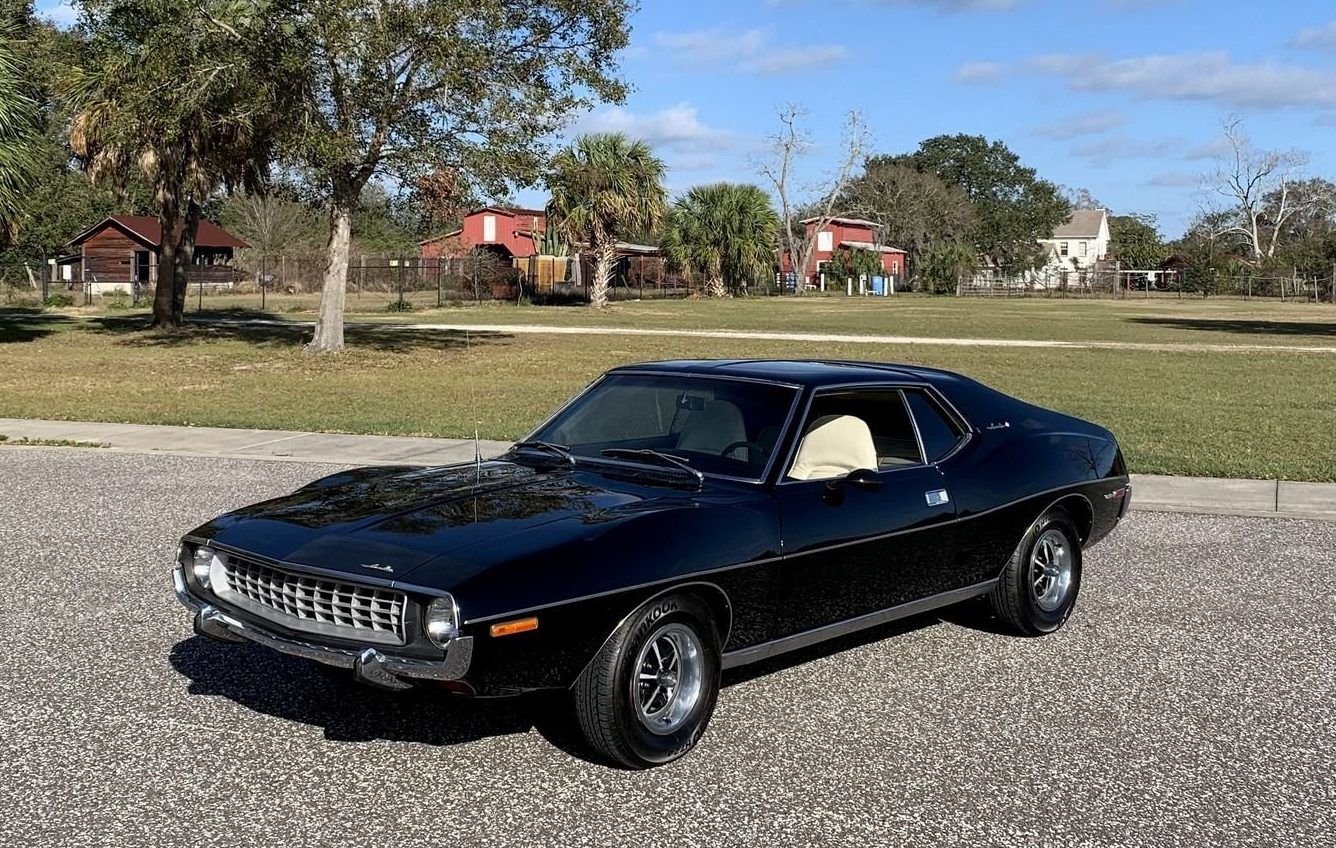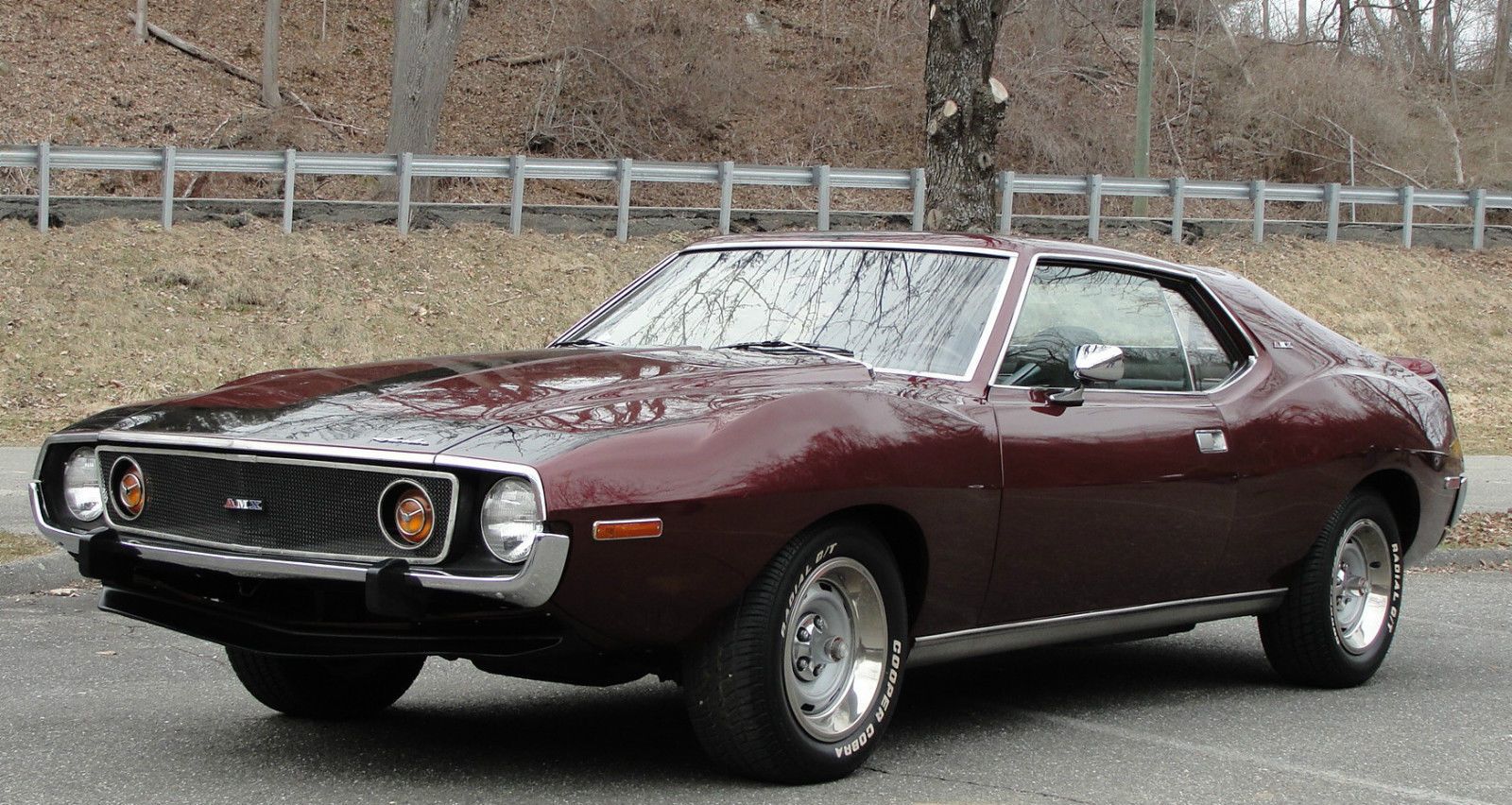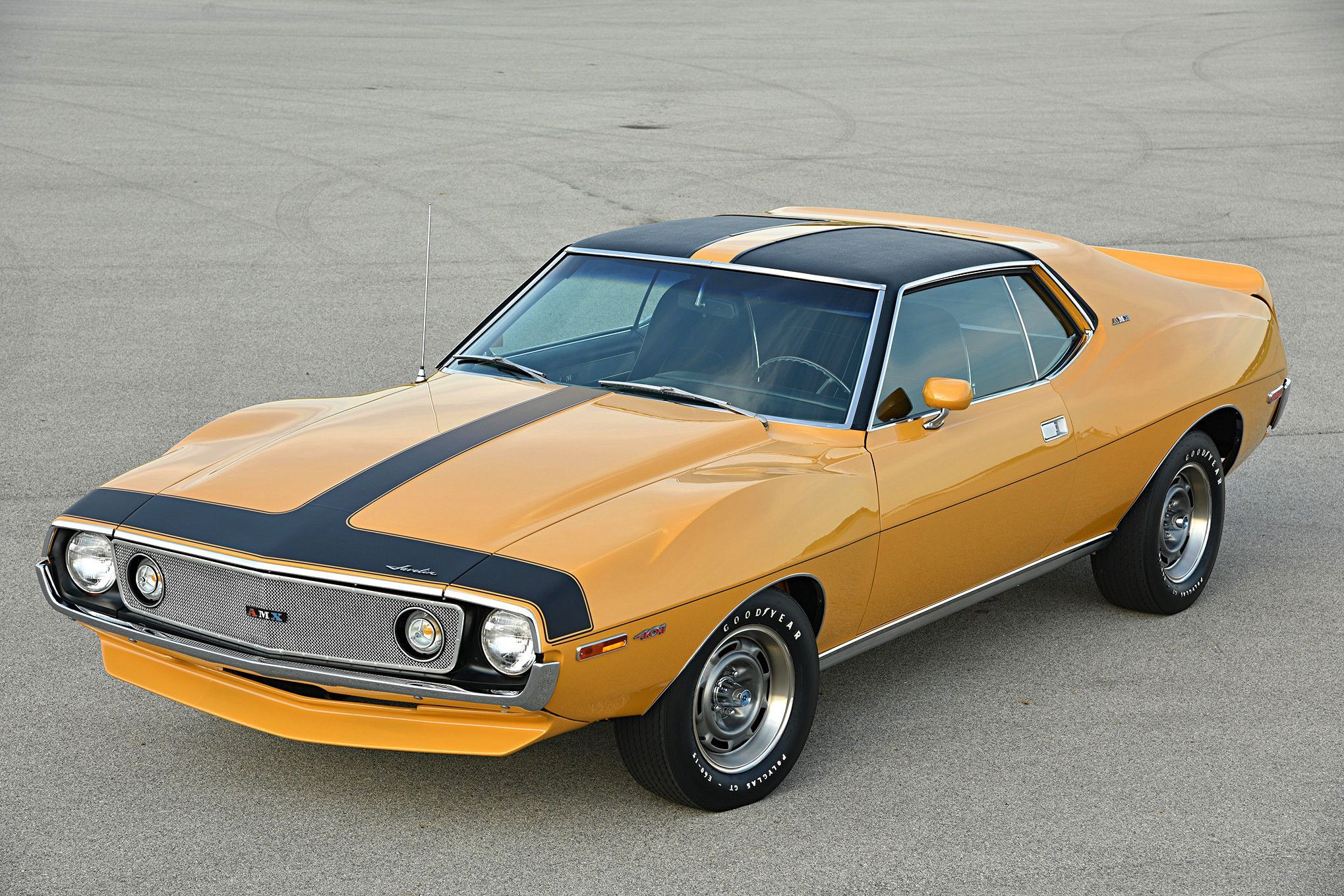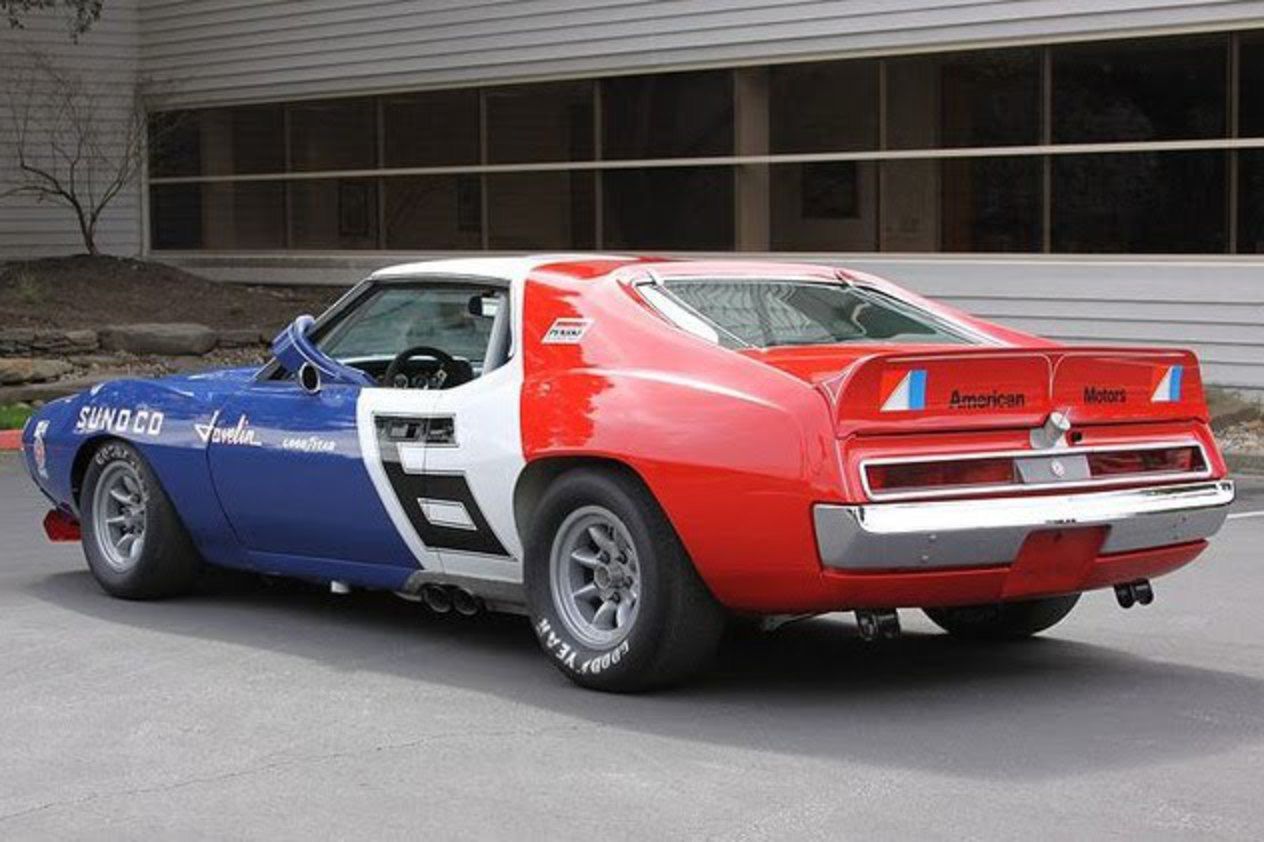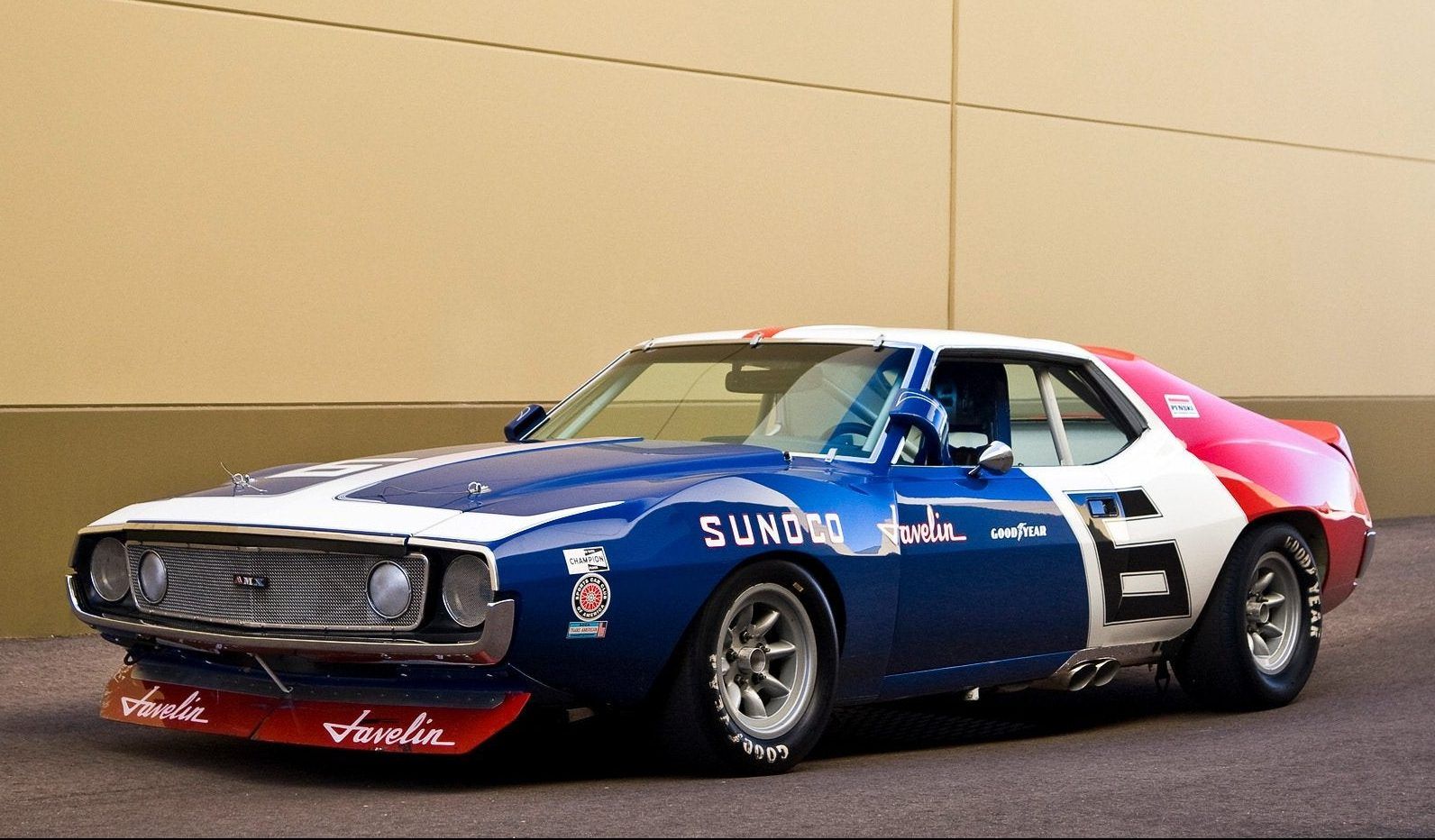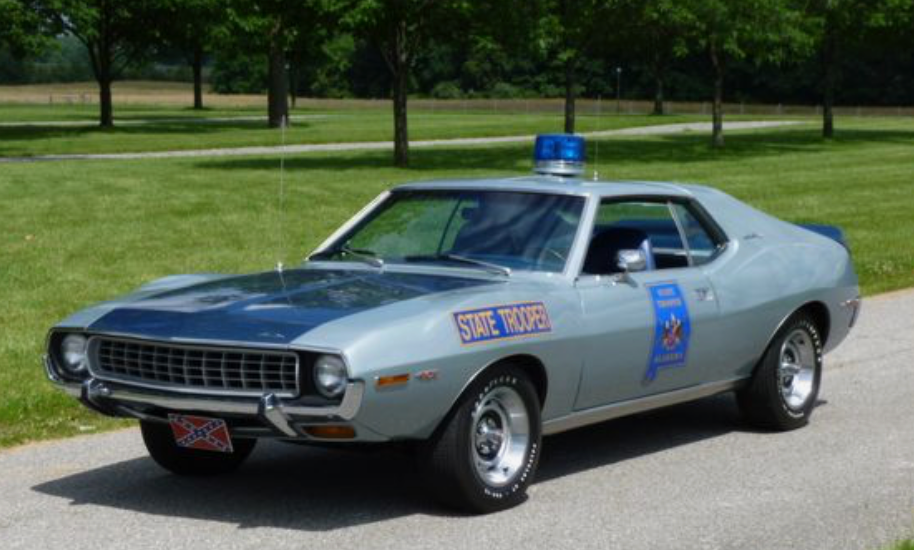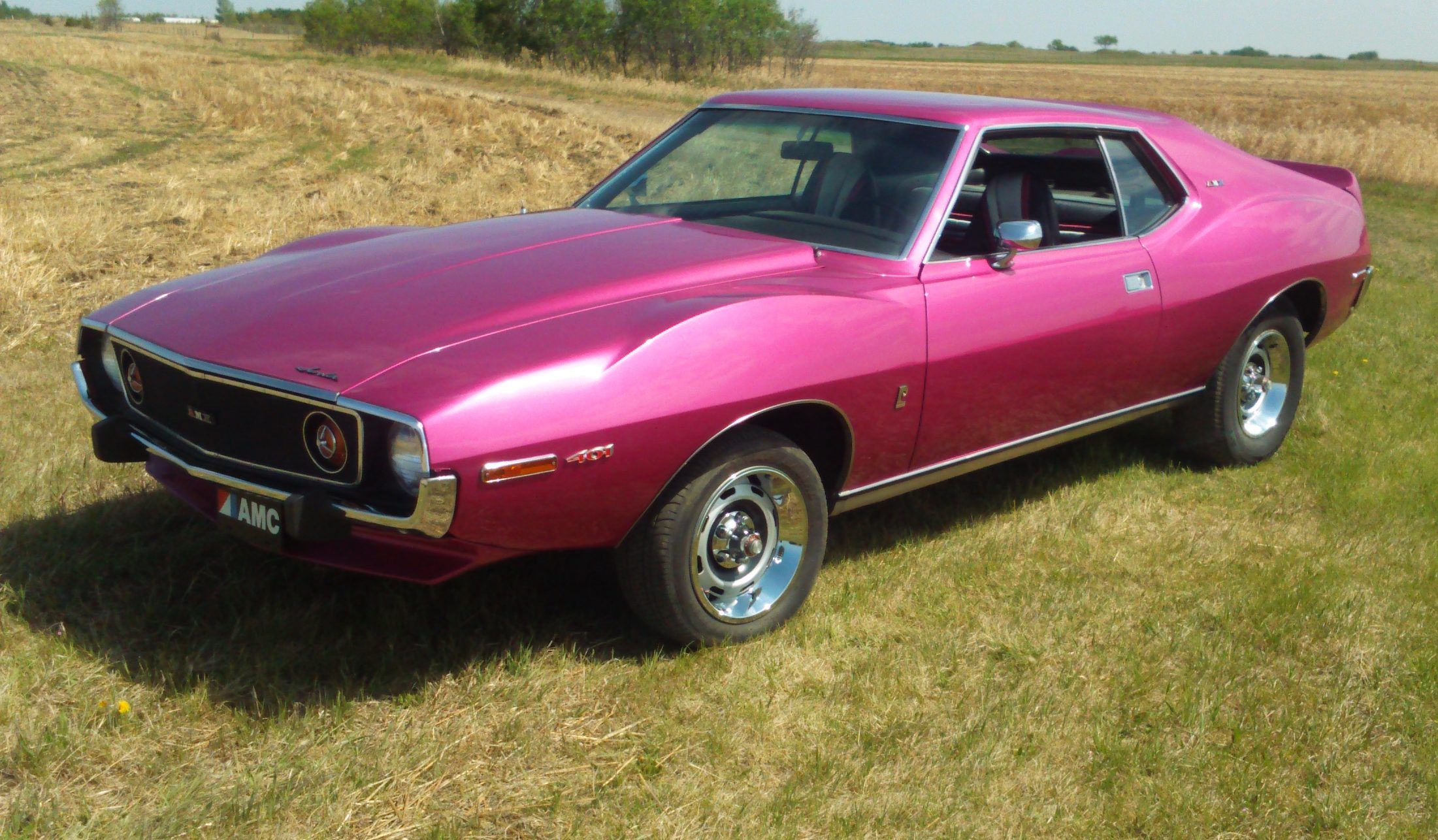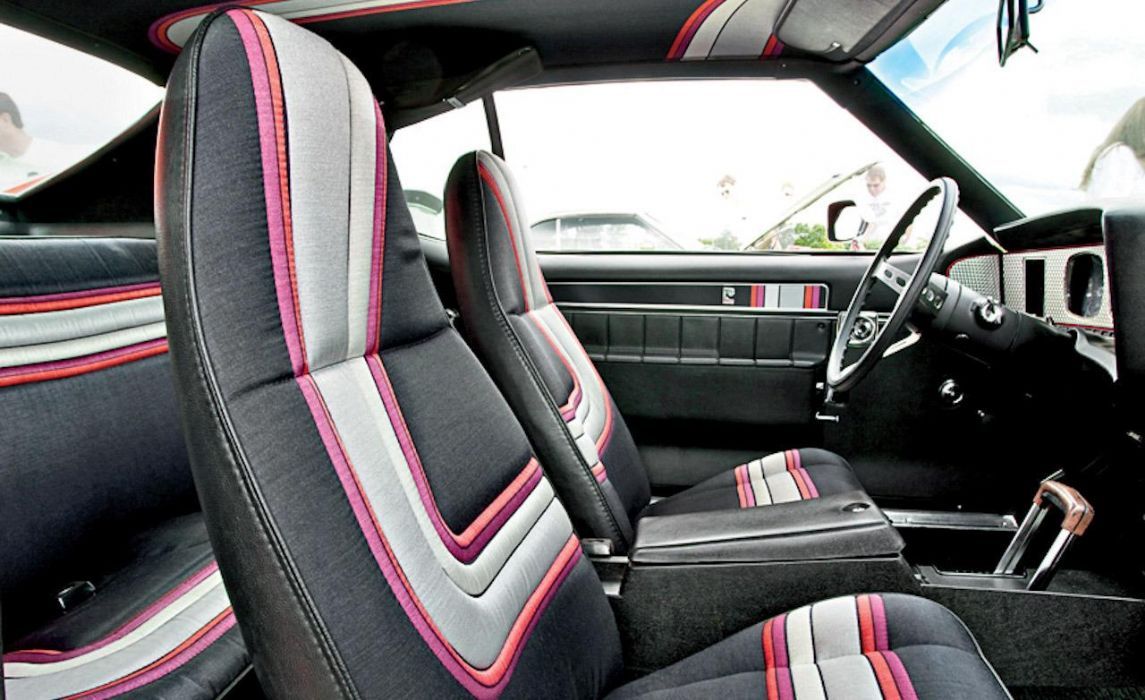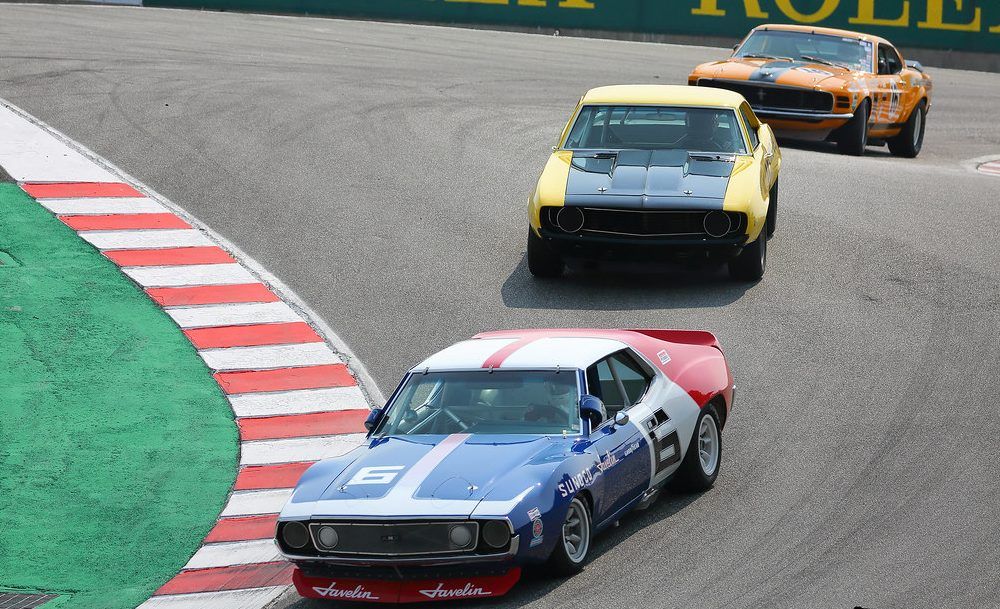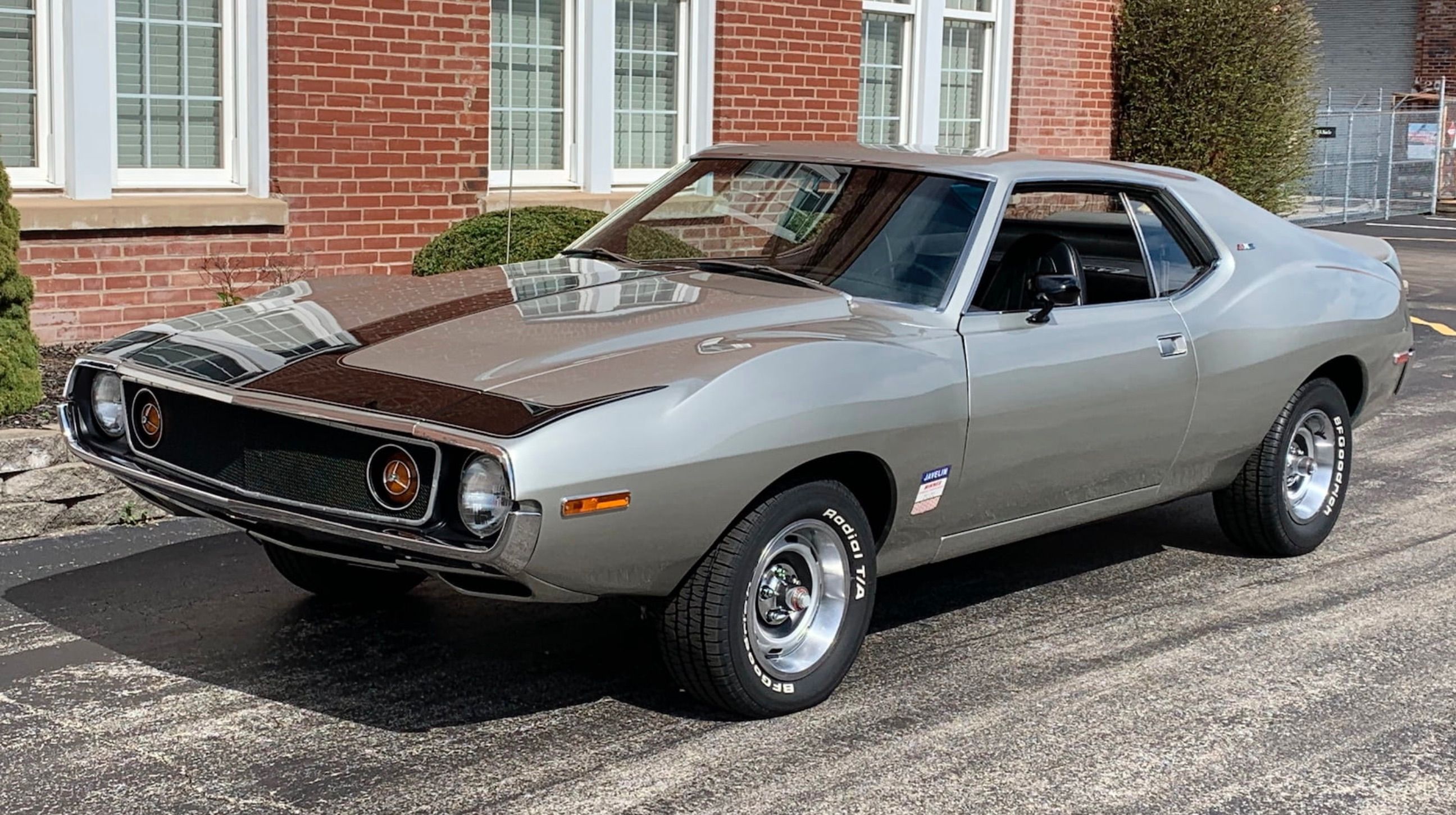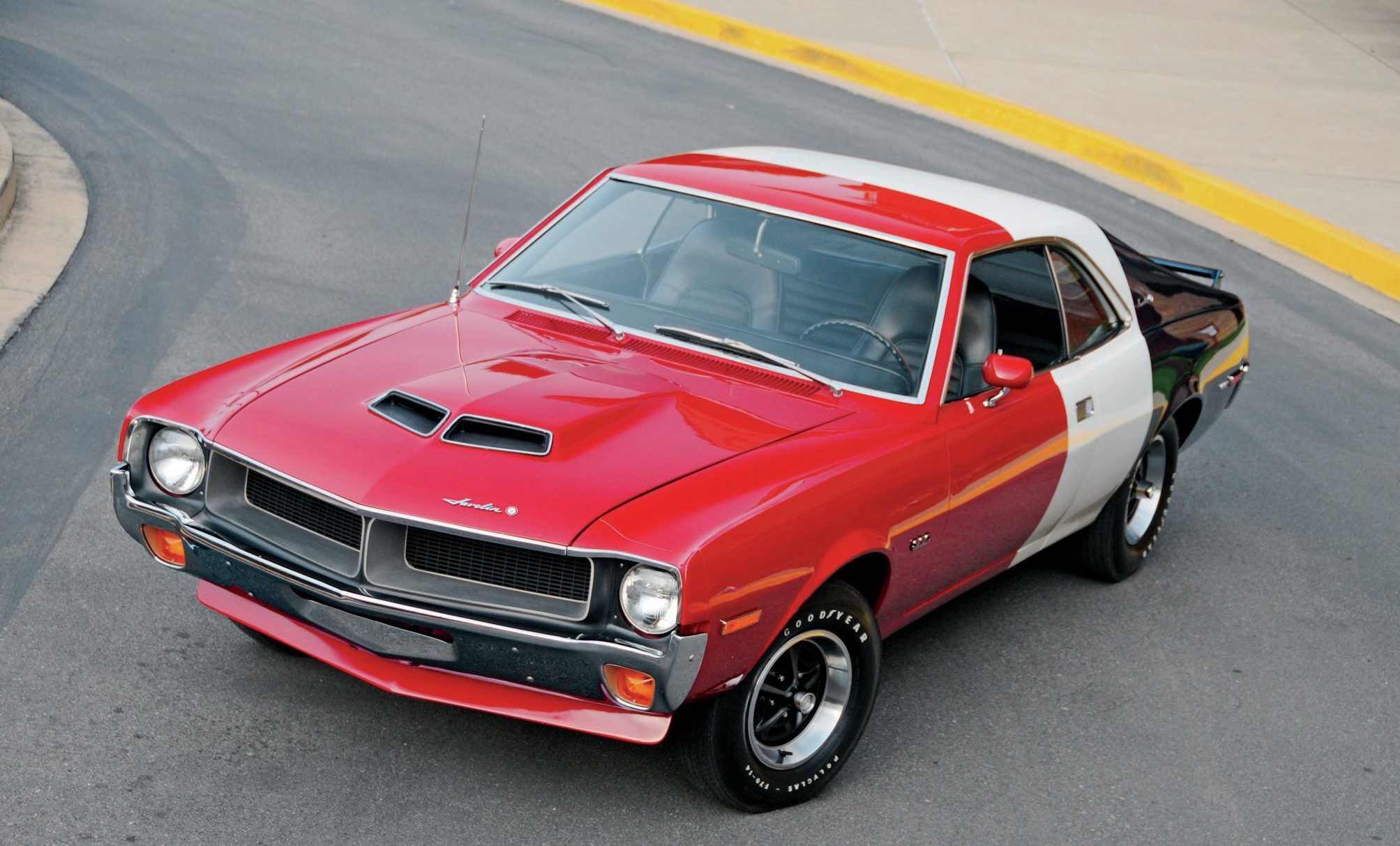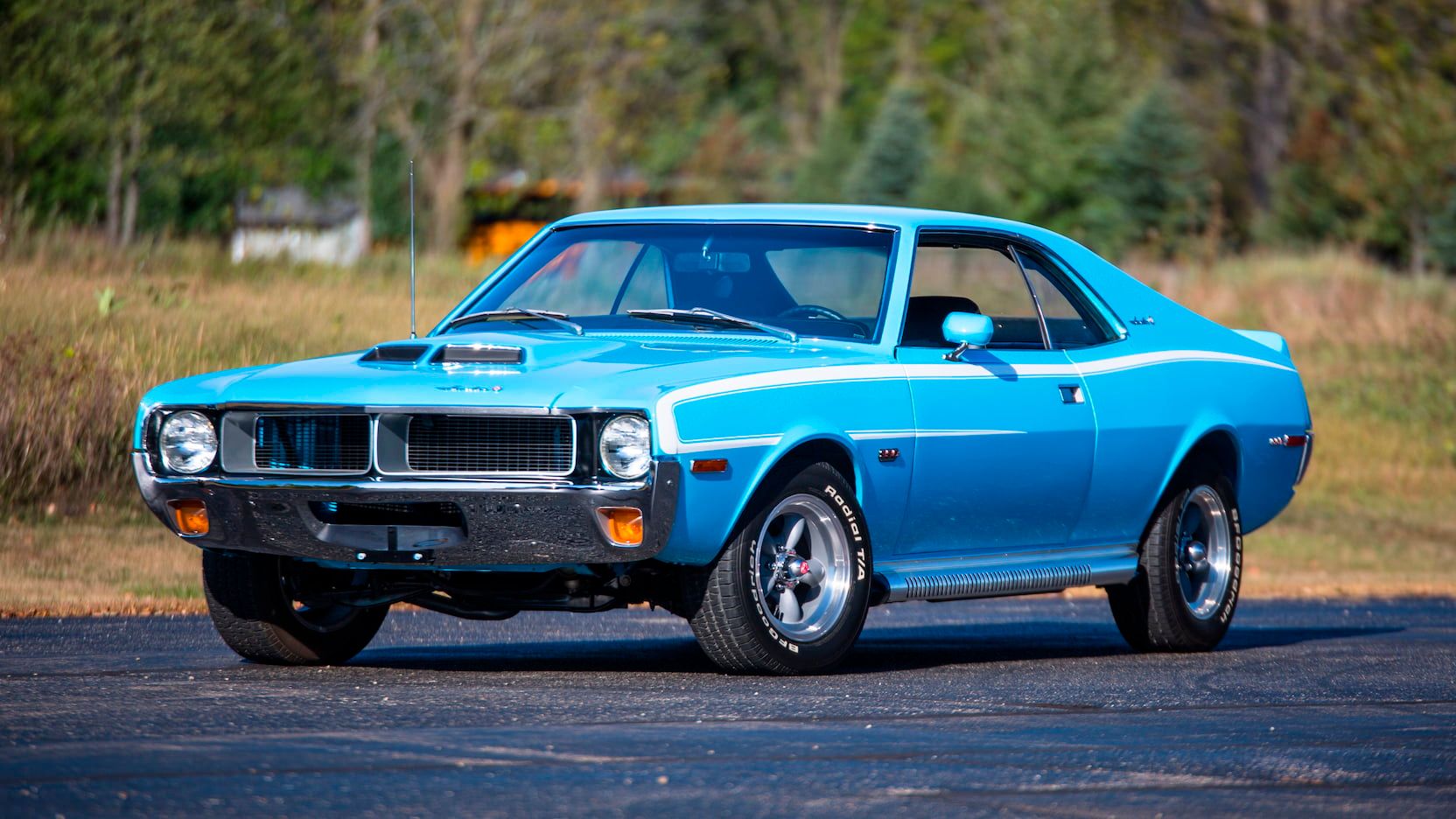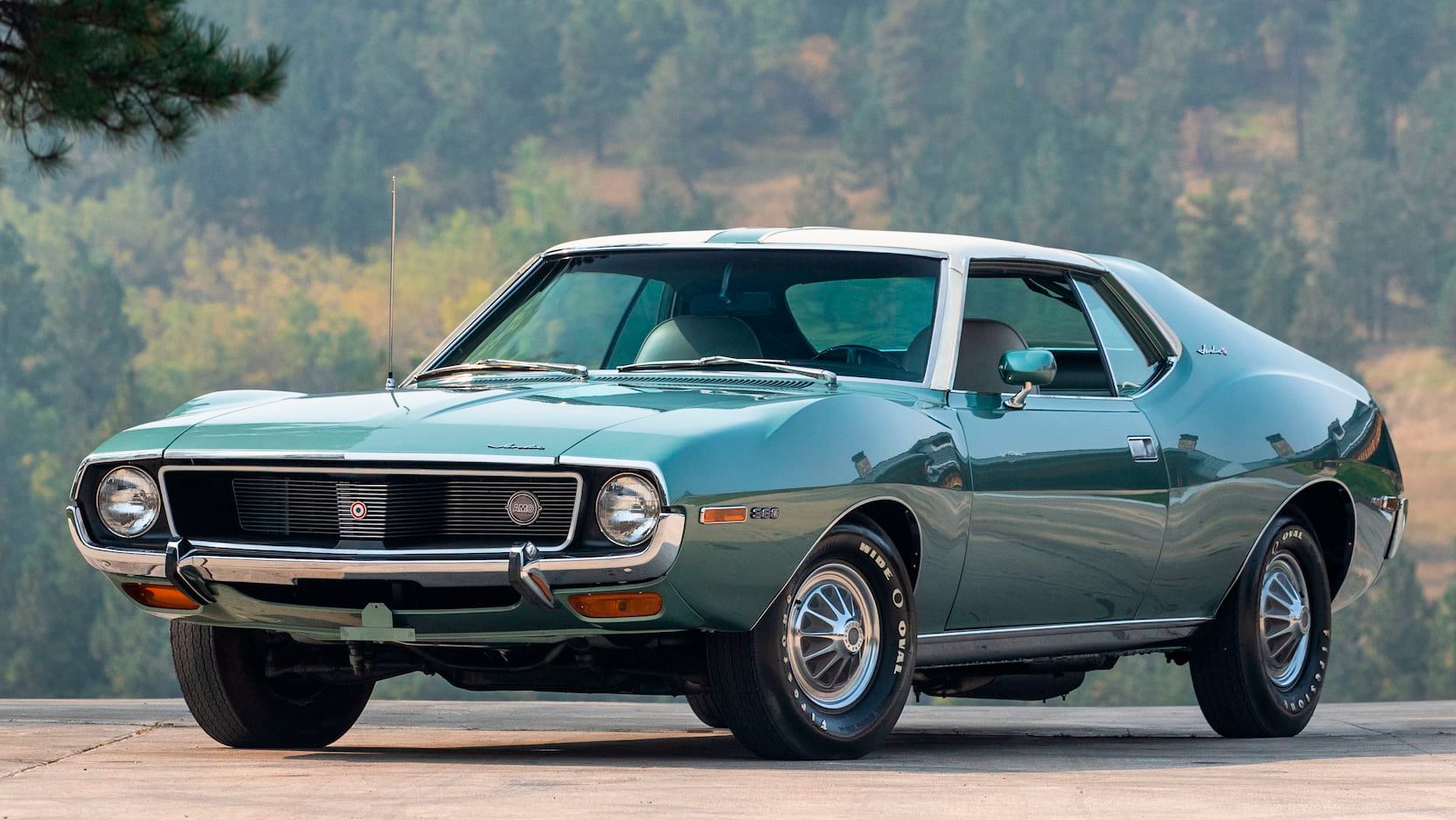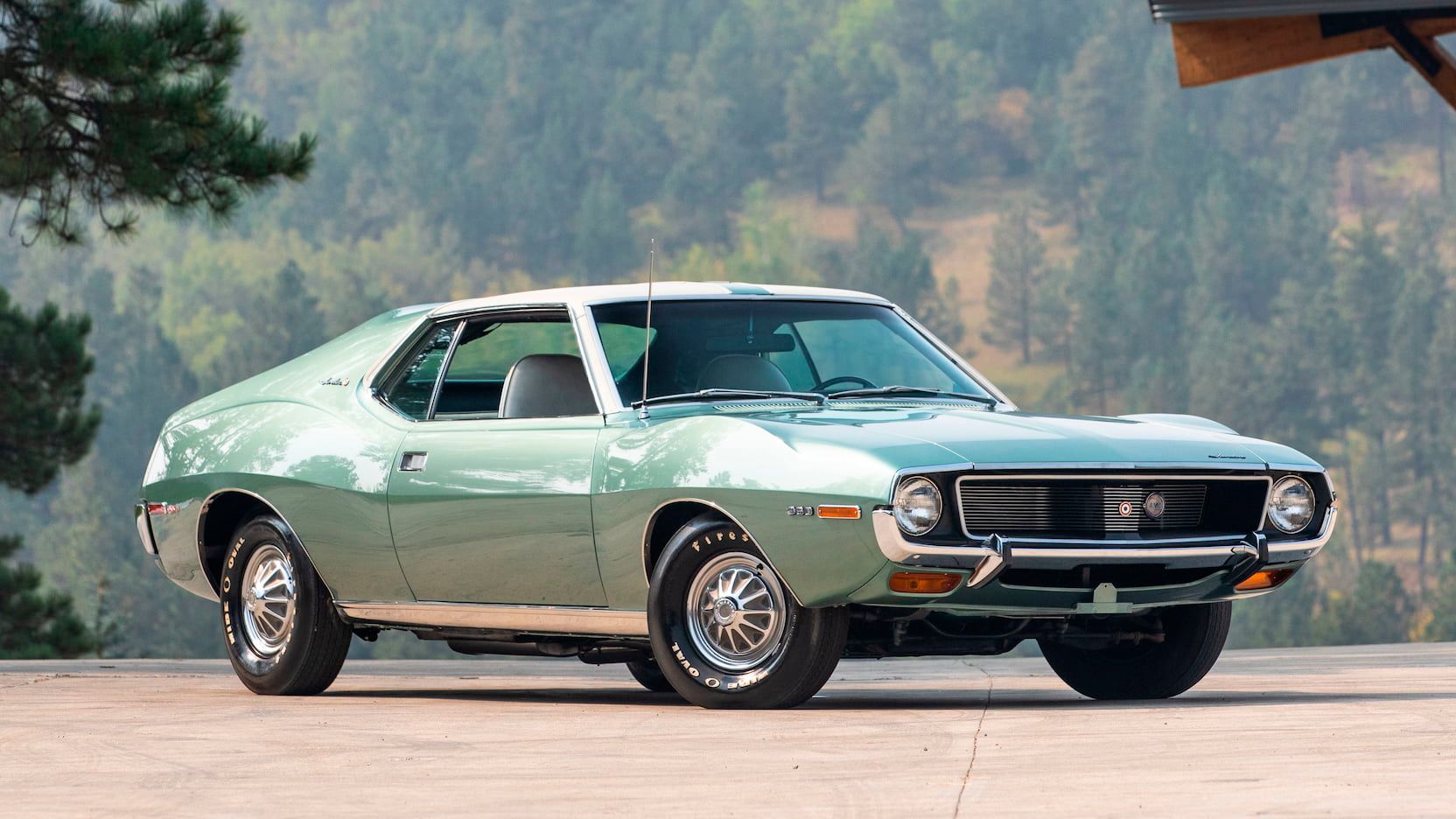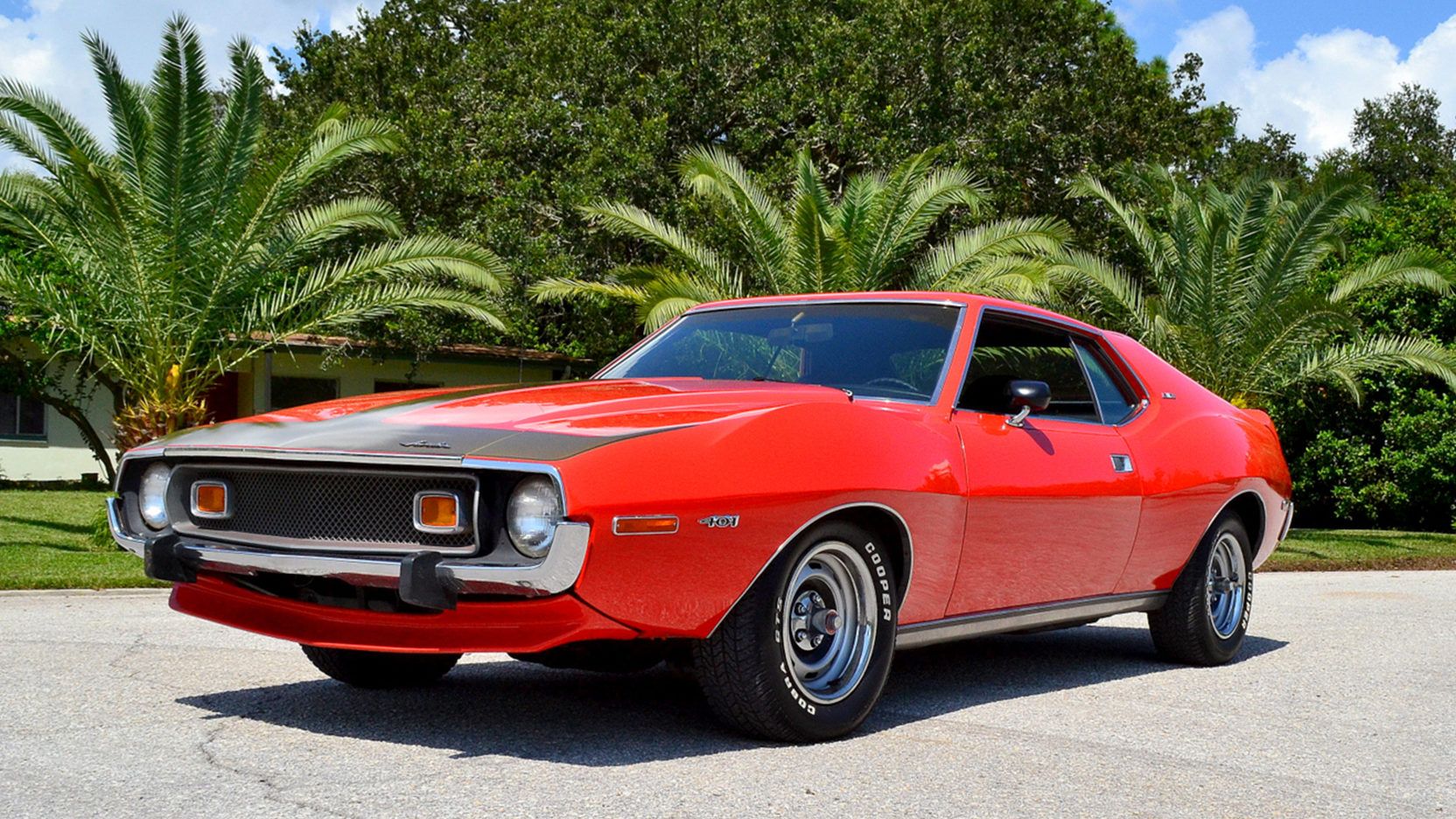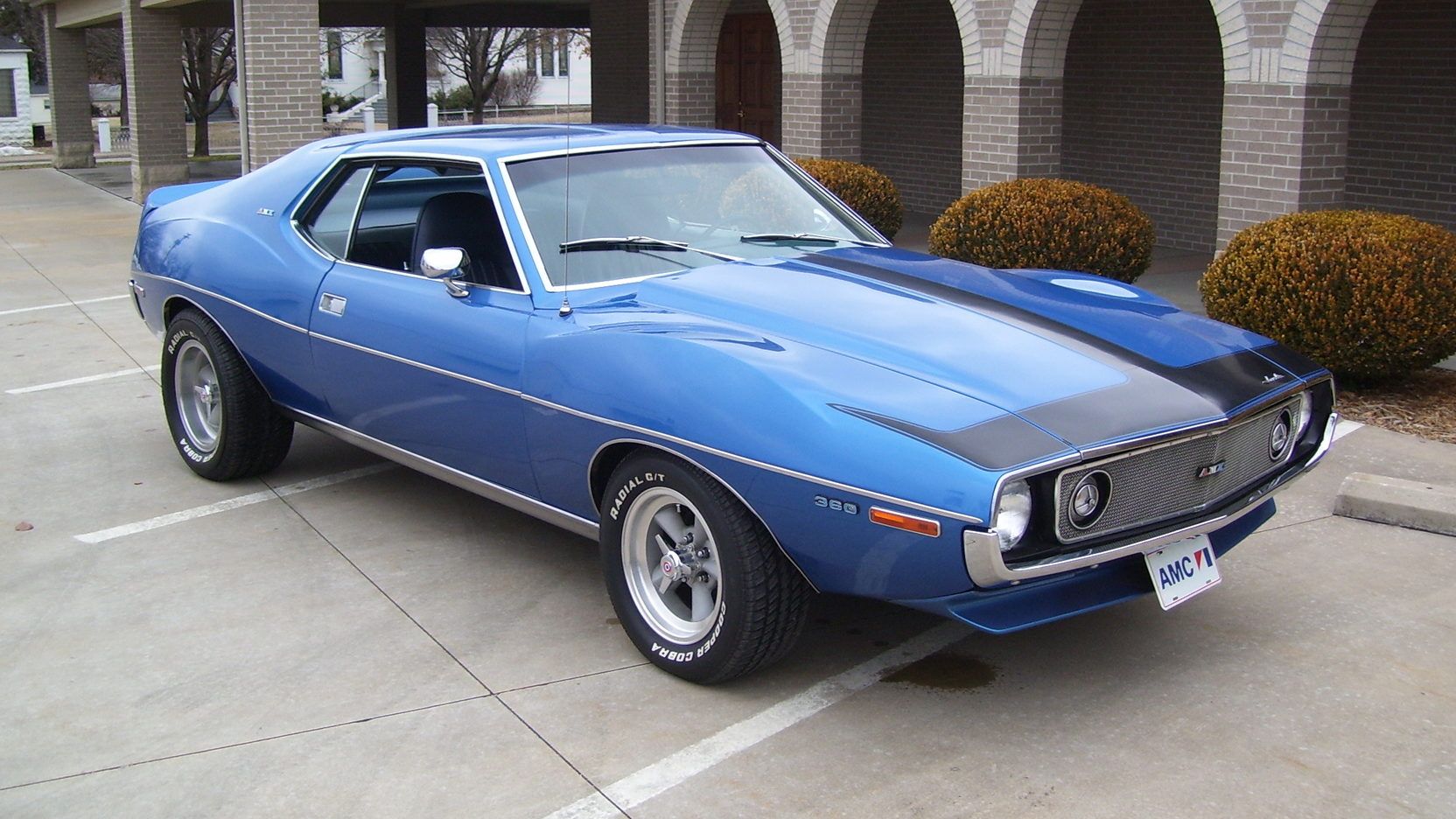The impressive AMC Javelin was AMC's first foray into the pony car market; a space that was already dominated by the hugely successful Ford Mustang and other mainstream challengers. It was a bold move by the company but at that time, the company was struggling and was in dire need of a product that would turn its fortunes around.
The car's final design emerged from two prototypes that were first publicly displayed at an AMC-hosted auto show circuit in 1966. Production commenced the following year and AMC would go on to sell 55,000 units that first year. The AMC Javelin was quite impressive in its own way and did manage to forge an identity, at least for a time, in a hotly contested market.
10 The Brain Behind The Design
The AMC Javelin was a great-looking car; with flared wheel arches and a profile that typified the muscle cars of that era. To design the car, AMC turned to Dick Teague, an industrial designer who had several years of experience under his belt when it came to automobile styling.
He worked in various design-oriented roles for carmakers like Chrysler and General Motors before he landed a position as Vice President of Design for American Motors Corporation. Apart from the Javelin, he also designed the Jeep Cherokee XJ and the Dodge Neon.
9 A Global Product
Yes, the AMC Javelin had its roots steeped in American heritage but its availability was not restricted to American soil. The main production for the American market took place at a plant in Kenosha, Wisconsin.
However, the car was also available in a wide range of trims and engine levels in other countries where they were assembled under license from AMC. The countries included Germany, the Philippines, Venezuela, and even Australia where it was popularly known as the Rambler Javelin.
8 The Sporty Javelin Spin-Off
The horsepower craze peaked during the '60s when American automakers seemed to be obsessed with just how big an engine they could shove into their muscle cars. It was the period that witnessed incredibly powerful machines like the '69 Camaro ZL1 and the Pontiac GTO Judge Ram Air.
AMC also got in on the action with the Javelin AMX; a car that was essentially the sporty version of the AMC Javelin. It was unfairly referred to as the 'poor man's Corvette' at the time but still packed a decent wallop in the form of a V8 that could put out as much as 325 hp.
7 A Race Champion
It was towards the end of the '60s that AMC decided to venture into the world of competitive racing as a way to promote brand awareness and create a strong platform for upcoming models. It seemed a foolhardy move especially since the carmaker did not have a Performance Division or any real racing experience.
That did not stop AMC though and by February 1968, they had a few modified AMC Javelins ready for testing. The cars experienced several mechanical difficulties but AMC did not give up and their doggedness eventually yielded fruits in the form of the 1971 Trans Am Championship which they won. They would go on to win a couple more times within the next 5 years.
6 Keeping The Peace
In the early part of the '70s, the Alabama Department of Public Safety desperately needed ways to keep running costs down. One of the strategies was to drop the traditionally heavy police 'gas guzzler' cruisers in favor of something more practical.
They tested out the AMX variant of the AMC Javelin and were so impressed by the performance that they subsequently purchased 132 units in 1971 and 1972. The AMC Javelin AMX thus became the first 'pony' car used for highway patrols by any police force in the United States.
5 The Pierre Cardin Connection
American Motors Corporation adopted different strategies to keep its brand name relevant and consolidate its market position. One of those moves involved partnering with well-known fashion designers to create limited-edition cars. The AMC Javelin Pierre Cardin Edition was one of the products of this initiative.
The car was offered for both the 1972 and 1973 model years and a few thousand units rolled off the production line. It did not offer any advantage in terms of power output but had enough touches, including interior trimmings and exterior badging, to distinguish it from the mainstream models.
4 A Part Of The Muscle Car Crowd
The AMC Javelin was among the slew of muscle cars that were launched to take on the unexpected supremacy of the Ford Mustang when the now-iconic pony car had its debut.
It was arguably less-known compared to other mainstream competition like the Chevrolet Camaro or Plymouth Barracuda. However, the Javelin gave a very good account of itself in a congested market space and actually helped the AMC company turn a profit in 1968 and 1969.
3 More About Special Edition Javelins
As part of the efforts to homologate its racecar Javelins, AMC built special-edition Javelin SSTs - the Trans Am and the Mark Donohue specs. The Trans Am spec came with a 390 V-8 engine, a four-speed Hurst-shifted gearbox, and a Ram-Air hood. 100 units were made in total; all finished with a combination of red, blue, and white paint.
The Donohue specs are not as exclusive with a total production of about 2,500 units but they were also offered with packages to distinguish them as special-edition cars.
2 The AMC Javelin Was A Pretty Good Deal
The market was rapidly filling up by the time the Javelin was introduced. It seemed like it would not stand a chance against the big-name players from carmakers like Ford and GM. It was short on power compared to rivals but the Javelin did have some strong points in its favor.
The Javelin came with an interior that was roomier and more comfortable than most competitor offerings. It also introduced safety innovations like fiber-glass padding and 3-point seat belts.
1 The End Of The Javelin
As the '70s rolled on, the impact of the fuel crisis became more severe. Muscle car manufacturers started to rethink their strategies. One by one, they withdrew from the Trans Am racing series and it was not long before AMC was the only manufacturer still actively involved in the races.
For AMC, it was one of the ways to sustain publicity for the brand. Ultimately though, it proved to be inadequate and in 1974, the Javelin eventually succumbed to the many challenges faced by the struggling AMC company.


